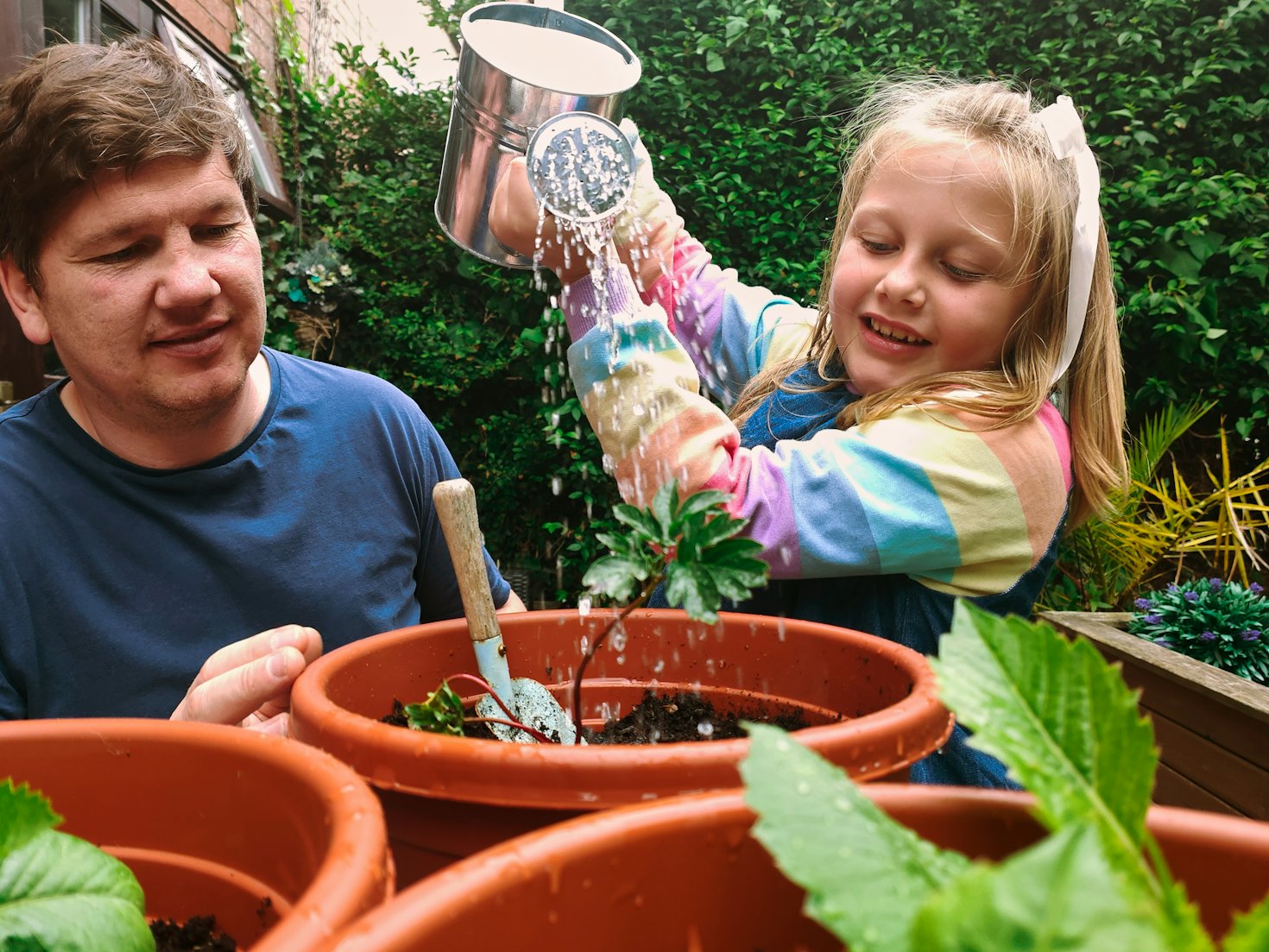There’s an increasing amount of research showing the great potential of urban food growing. Even though urban food growing was historically crucial to all cities, urban food growing in the UK reduced significantly in the 1960s. Allotments declined from c700,000 in the 1960s to c250,000 by 2000 due to both a lack of demand but also councils taking allotments for development. The late 1960s Thorpe Report into allotments concluded that councils should provide “a minimum of 15 full size plots … per 1,000 households” My local area, Hackney, has 100,000 households so should then provide 1500 allotments yet it only provides 133!
Hackney Council have though created quite a few plots on council estates in recent years. There was a parallel change in how people gardened with a large decline in ‘grow your own’ as fresh food became easier to buy at supermarkets.
But we are now confronted by a series of crises that make urban food growing not desirable but a neccessity: climate change and global warming leading to significant problems for agriculture but also significantly caused by modern agricultural practice, mass species extinction globally and massive declines in biodiversity in the UK and again significantly caused by agriculture and food demand in the developed world, food poverty in the UK, health crises due to bad diets, and war and the potential of further wars to disrupt food trade. And urban food growing all helps remedy these crises.


The joint University of Lancaster, Liverpool and Cranfield study in 2021/22 “Potential of urban green spaces for supporting horticultural production: a national scale analysis” follows that of The University of Sheffield in 2020 which concluded “Growing fruit and vegetables in just 10 per cent of a city’s gardens and other urban green spaces could provide 15 per cent of the local population with their ‘five a day’, according to new research.”
The Lancaster et al study stated “Our analysis suggests that urban green space at the GB level has the capacity to support production of nationally significant volumes of FF&V, helping to re-orient food systems to produce more food locally, increase food sovereignty and support food system resilience” and that
“We found that urban green spaces are substantially underutilized for urban food production … The presence of publicly held land within the urban green space network in the form of amenity gardens managed by local councils could play a crucial role in building knowledge and social capacity for UA.”
These studies show urban food growing works for everybody but that we need councils to start giving significant support to make that happen.


Leave a Reply